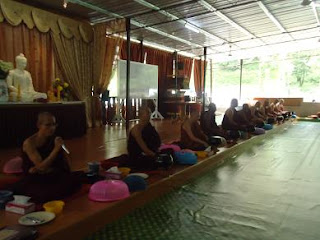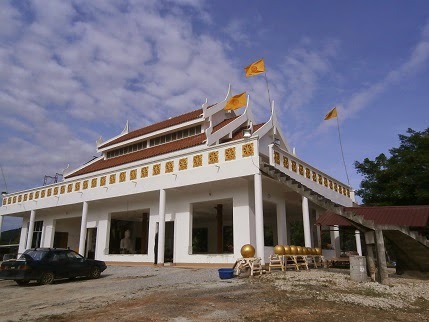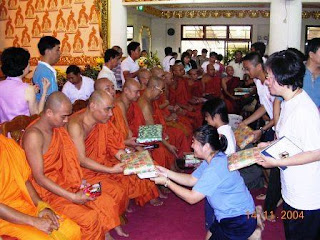Candle Light Procession at Nandaka Vihara
 A Candle Light Procession will be held at Nandaka Vihara, Cherok To'kun on 12th October 2011 at 8.00 pm to mark the end of the Vassa Period (Annual Rains Retreat) of the Sangha.
A Candle Light Procession will be held at Nandaka Vihara, Cherok To'kun on 12th October 2011 at 8.00 pm to mark the end of the Vassa Period (Annual Rains Retreat) of the Sangha.After the procession, the Sangha shall lead the Buddha Puja ceremony to mark the same. All Buddhist devotees, relatives and friends are therefore invited to this meritorious event.



Comments